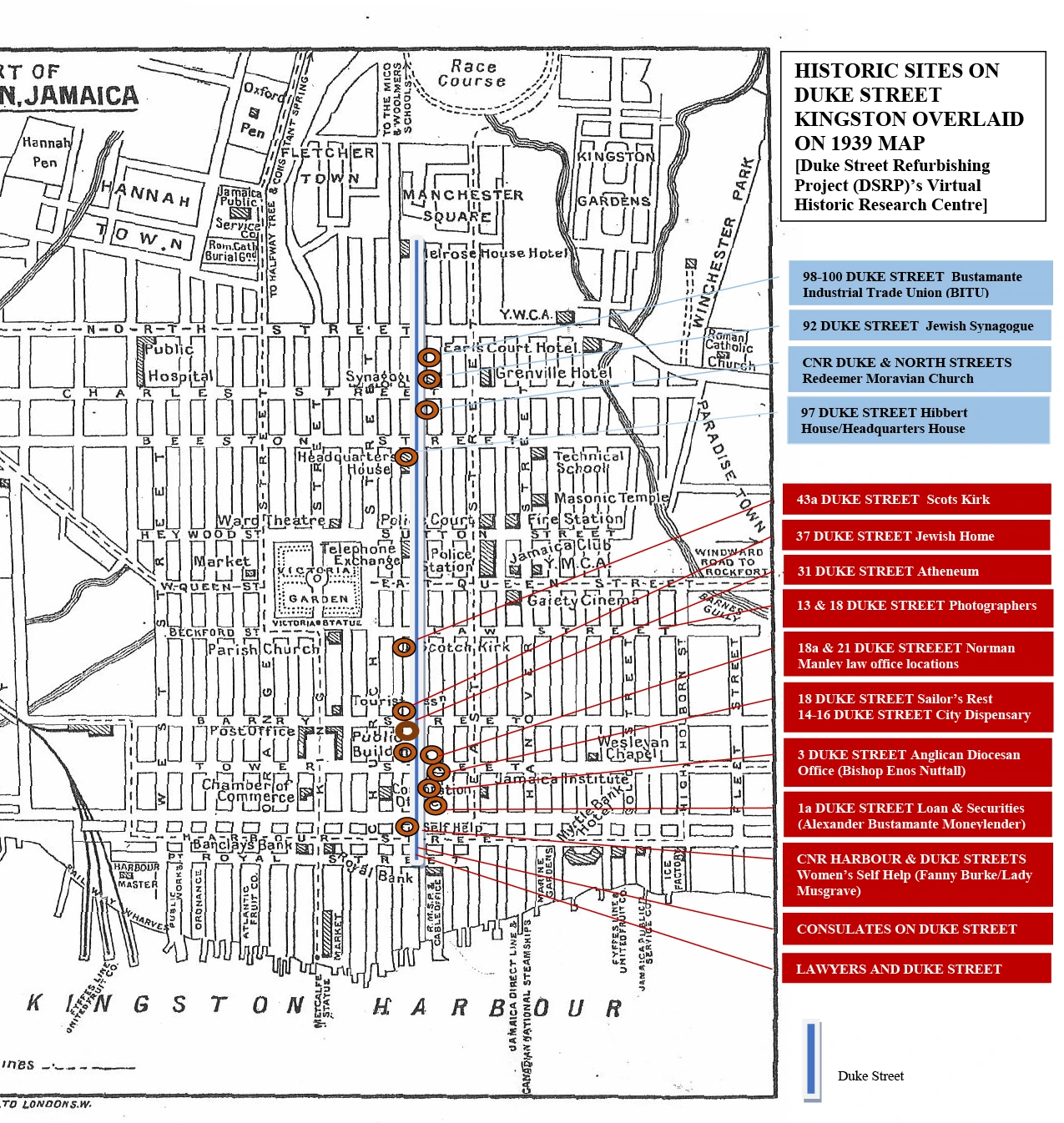Hibbert house
hibbert house
Hibbert House, the office of the Jamaica National Heritage Trust, is one of the few grand structures remaining from the first century of the existence of the city of Kingston. It was built in 1775 by wealthy merchant and slave factor Thomas Hibbert, in a competition with other rich property owners to see who could build the grandest house in the city.
Hibbert arrived in Jamaica in 1734, aged 24 years and operated as a merchant but also as a ‘Guinea factor’ – a merchant who received and sold consignments of enslaved humans arriving from West Africa. Sources suggest that a partnership of Hibbert and Nathan Sprigg managed a significant part of the supply of ‘new negroes’ to local enslavers in the mid-18th century. A 2019 book on the Hibbert family business, by Kate Donnington, points out that Hibbert was joint tenant for a Water Lane property in 1745 and, by 1752, co-owner of a property on lower Orange Street – an area that scholars say included many slave yards, where numbers of enslaved persons were held. Donnington doubts that groups of enslaved people destined for sale would have been brought to Hibbert’s new townhouse.
Thomas Hibbert served as a Member of the local House of Assembly in 1754 and 1755 and Speaker of the House in 1756 – around the time when he built his mansion. By 1769, he also owned the Agualta Vale property in St Mary. Never married, he had a long relationship and three daughters with his free coloured housekeeper Charity Harry. Their one surviving daughter, Jane Harry, was schooled and married in England. True to his will, Hibbert was buried in a ‘deep vault’ in the garden of his house when he died there, age 70 in 1780. The family business would be continued by Hibbert’s nephews from England.
In 1814, the house was purchased as home for the British Military Commander in Jamaica, becoming known as Headquarters House. Later, it served as the island’s legislature.
